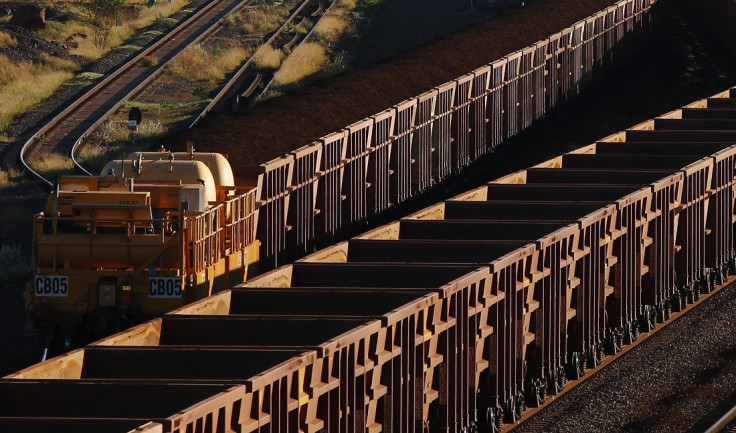Rio Tinto shed its workforce by 4,000 last year, Australian operations heavily impacted

Mining giant Rio Tinto slashed its workforce by as many as 4,000 workers globally in 2016. The Australian operations were the most affected as part of the move.
According to Rio Tinto’s annual report, the company’s workforce was reduced to 51,029 during 2016. At the same time, the number of employees working in the company’s Australian operations declined by 1,650 to 21,338 – this accounted for 42 percent for the total reduction.
The count does not include contractors. The move comes on the heels of slumping mining prices from historic maximums in recent years and expansion projects. Mongolia and Singapore, in contrast to Australia, were not affected by the hit. Singapore witnessed a jump in its workforce – climbing from 212 a year earlier to 262 – at the end of 2016.
“The decline in employee numbers is related to the completion of large-scale project developments, business divestments and in response to volatile commodity markets,” Rio Tinto said, speaking with Business Daily (via the Herald Sun).
The mining company recently announced it was slashing jobs and output at the Boyne aluminium smelter. In January, plans were announced by Rio Tinto to shed output this year by almost eight percent, amounting to 45,000 tonnes. This comes as power costs are on the surge. As much as 85 percent of the power comes from Gladstone Power Station.
Boyne said in January that power prices had heavily jumped since nearly three years earlier. "Boyne Smelters has been working hard to secure a competitive energy deal. Both parties have been negotiating in good faith but ultimately could not reach agreement," Rio Tinto said, as reported by Reuters.
The company peaked in terms of its workforce, with 71,000 workers, in 2012. Since then, Rio Tinto has cut down its workforce by 20,000, or 28 percent of its workers. In the same time period, the company’s Australian workforce has been brought down by 18 percent, or 4,750 workers.
Meanwhile, BHP Billiton, which peaked in June 2013 with 126,222 workers, has had to slash its workforce by almost half – bringing it down to 65,263 last June.
Last year, Rio Tinto stripped out $2.12 billion in costs. The company has shed $10.32 billion since 2012. At the same time, BHP Billiton is eying a target of $2.38 billion in cost savings and productivity gains this financial year. In the last four years, the company had secured $14.56 billion in savings.






